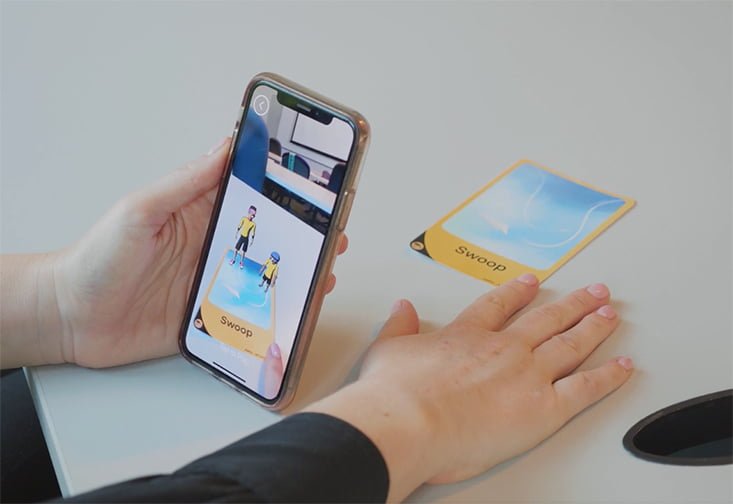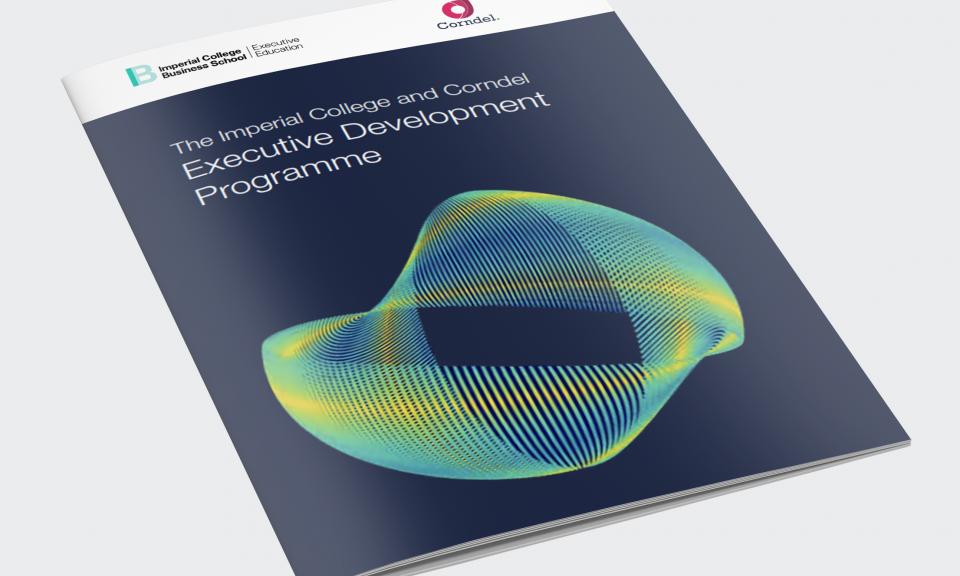
Each year the U.S. News and World Report publishes a ranking of the nation’s top universities, programs and degrees, and for the past four years, Oregon State University’s Extended Campus, or Ecampus, has been awarded a top ten spot in the online
Bachelor’s degree division.
Ecampus offers courses and full degree programs on an online platform to both current OSU students and individuals looking to enroll without travelling to one of OSU’s campuses. Currently, Ecampus offers more than 1100 online courses in over 100 subject areas, 22 undergraduate degrees and 28 graduate programs. Of their 21,400 students enrolled, 39 percent are distance students, meaning they are not affiliated with any of OSU’s campuses.
“A lot of the adult learners who are going back to school use that as a tool to select their university. They’re judged on a variety of things, like instructional credentials is one of them, student services that are available, our peer reputation score and things like that,” said Jessica DuPont, executive director of market development and student experience for OSU’s Division of Extended Campus.
This availability of education beyond the Corvallis campus, began as early as the 1920s and ‘50s when the university offered instruction over radio and television mediums.
“In terms of full degree completion programs that were available at a distance; our first one was in 1982,” DuPont said. “It was a Liberal Studies degree, which is still offered. Then, in 2002, we had four inaugural degrees that were offered fully online.”
One of these initial four offerings was the Environmental Sciences degree, developed in partnership with the College of Earth, Oceanic and Atmospheric Science, said Dawn Gaid, an adviser who has been advising Ecampus students for nine years.
“I think one of the other things that draws students to our major is we are ranked high,” Gaid said. “OSU is very well thought of. I would say the Oregon State reputation precedes it, and Ecampus’ reputation precedes it.”
One aspect of Ecampus’ reputation, which may help to attract potential online students, is the close relationship of the faculty with those developing the courses, DuPont said. Within Ecampus, a group of instructional designers work directly with OSU faculty to develop the curricula of online courses.
“At many other universities, the online education division is almost like a separate entity,” DuPont said. “They’re building courses and they might not be working with faculty, they may have different admissions requirements. It’s not exactly identical to the on-campus program. At Oregon State, Ecampus is very much a part of normal university operations – we partner with more than 700 OSU faculty members to develop and teach courses online, and our students work with admissions and financial aid the same way on-campus students do.”
Other points of comparison used by ranking systems and Ecampus itself include tuition rates, award-winning faculty and degrees or programs offered, DuPont added. An important feature of OSU’s online program is the close relationship between the Ecampus staff and the instructors teaching the courses.
“The faculty are the context experts,” DuPont said. “They already know their material. When they’re transitioning their material to an online format, there is a lot of training that happens to ensure that the pedagogy is delivered in a quality way.”
Similarly to on-campus classes, Ecampus courses are operated through the Canvas learning portal. Aspects such as discussion boards and multimedia components are then emphasized to facilitate student-to-student and student-to-faculty conversations on a virtual platform, DuPont added.
“One area where Oregon State stands out compared to other online providers is that we have a lot of expertise in offering sciences online,” DuPont said. “It’s, in some ways, more challenging to offer online science labs and courses, but OSU has won several national innovation awards for its efforts in recent years.”
Developments by OSU staff, including a 3-D virtual microscope, have offered students a chance to build their skills in the sciences through an entirely online platform. Ecampus’ instructional designers are also working to implement more multimedia aspects into online courses such as animation, 3D scanning and augmented reality, DuPont said.
Laurence Becker, the director of the environmental sciences undergraduate program, works as a professor of geography within the CEOAS.
“I think that one of the drawing cards for this degree is the solid science background,” Becker said. “But on the other hand, you continue to look at things holistically which I think is the interest of a lot of students. They recognize that environmental problems and challenges don’t come in one package.”
Because online students are held to the same standards as on-campus students with course requirements and learning outcomes, a minimum number of general education (Baccalaureate Core) courses are still necessary. This allows for students to explore their interests beyond the scientific core courses while also further narrowing down their desired specialty within the degree, Becker said.
Technical courses, such as laboratory classes, present a unique challenge to online educational programs, DuPont said. These classes often showcase the wide range of multimedia aspects available to Ecampus students. One of the main focuses of Ecampus is developing more experiential learning options to prevent the course from being strictly virtual.
For the environmental sciences degree, requirements go beyond the Baccalaureate Core and fundamental classes, Gaid said. All students, online or on campus, must select a specialization area and engage in a minimum number of experiential learning credits.
Experiential learning options for environmental sciences students include internships, research, study abroad programs or hands-on courses, Gaid added.
“We want them to demonstrate in, sort of an applied, real-world setting, what they’ve learned,” Gaid said. “And our preference is for students to do internships. Currently, our on-campus students have to go out and seek their own internships anyways, so it makes it ideal for a distance student.”
Much like on-campus students, this option allows Ecampus students to gain firsthand experience in their specialized field, Gaid said. Whether it’s a study abroad with a faculty member or internship with an oil company, students from all backgrounds seek out their own opportunities.
“There comes a point in anyone’s educational journey where they may not be able to take a campus course and online courses are a great opportunity for them to continue on in their path,” DuPont said.
[“source=orangemedianetwork”]

















